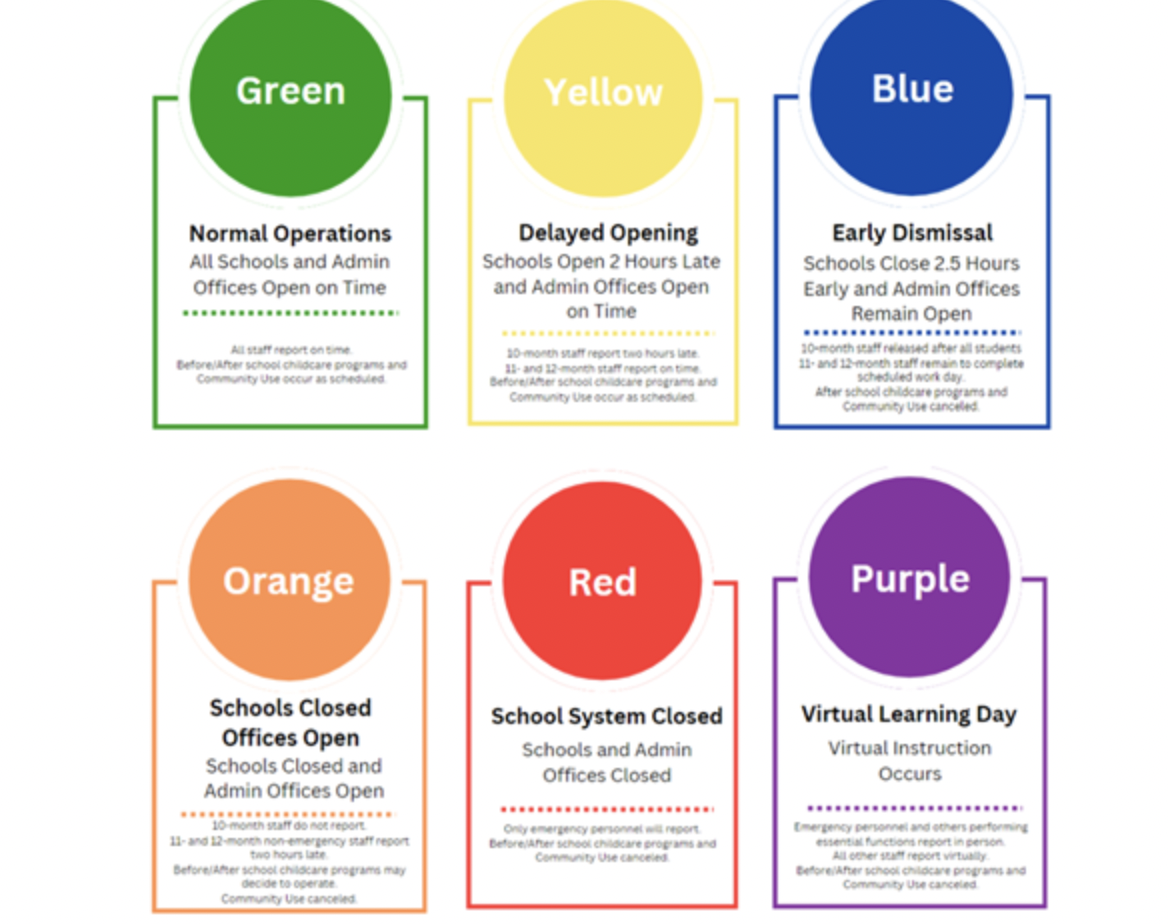Ever since 3D technology was first developed in the movie industry, filmgoers have flocked to select theaters, museums and entertainment venues showing movies and digital shorts using this revolutionary technology. With the increasing popularity of 3D movies in the past devade, this craze will only get bigger as 3D TVs begin to arrive in American homes.
Major TV companies such as Samsung and Panasonic are planning on releasing brand new 3D TV sets as early as this month. With these new TVs, many video games, movies and news and sports channels are planning on going 3D to offer viewers an entirely new visual experience from the comfort of their family rooms.
There is no doubt that 3D effects can vamp up the picture quality and enhance the entire sensory experience in an interactive way, particularly when done with a more discrete and realistic approach. Avatar is a great example of a movie that used minimal 3D effects rather than extreme pop-up details to draw the viewer to focus on just one object; but when the effects become more exaggerated, they can have a negative effect on viewers’ health over time.
As TV makers rush to release new technologies and test its popularity on customers, they are neglecting to fund or invest enough money on researching the harmful effects of using 3D TVs so frequently.
According to a Feb. 24 ABC 7 article, a person’s eye typically converges when he looks at a nearby object and his eye diverges when he looks in the distance, but regardless of the situation, a person’s eyes must always remain focused. However, professor Martin Banks believes that 3D violates the normal rules of perception because the normal pattern in the brain is significantly altered, which can then lead to headaches, blurry vision and an overall exhausted feeling.
It is more likely that the 3D TVs will be primarily used to play 3D games, watch movies and news and sports broadcasts rather than television shows themselves. However, when watching a 3D movie in a movie theater, one sits much farther from the screen and only watches the film for about two hours at a time, whereas 3D TVs will offer a much closer viewing distance and a much longer length of time.
A major inconvenience presented by 3D TV is the required lenses that must be used to properly view the graphic effects. If 3D TVs hit it off as suppliers expect they will, Americans may be spending next year’s Super Bowl surrounded by a bunch of people in dark tinted glasses in front of a flat screen, which seems like a pretty bizarre scene.
The cost of 3D TV is not cheap either. According to electronicsweekly.com, the glasses required for watching 3D could cost around $300, which can become costly when purchased for an entire family with the actual TVs, which are currently priced around $2,000, and the cost of supplemental 3D content.
Until enough research is done on the risks of watching 3D TV, all potential customers should hold back and take precaution before setting up this new technology in their homes. TV makers must spend as much money conducting studies and tests relating to their products as they spend on promoting their products and getting people to purchase them.
More importantly, TV executives should keep the effects to a minimum if they choose to go 3D because let’s face it, who wants to be surrounded by all of the ladies of Wisteria Lane on a Sunday night?






